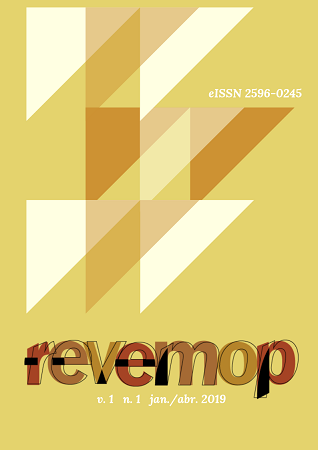Razonamiento visuoespacial: una comparación entre la construcción de un tambor de mano nativo americano y la geometría quirúrgica
Resumen
Este artículo se centra en la construcción de un tambor de mano por un fabricante de tambor nativo americano y en la construcción de una anastomosis por un cirujano cardiovascular torácico. Ninguna de las actividades ocurrió con instrucciones o ilustraciones escritas. Cada construcción ocurrió a través de su capacidad para mover imágenes y procedimientos mentales en la punta de los dedos con la utilización del raciocinio visuoespacial (Owens, 2015). Para el fabricante del tambor, el aprendizaje ocurrió por medio de la orientación, la observación y la práctica. Cada uno de ellos, el fabricante del tambor y el cirujano, desarrolló ricas habilidades de raciocinio espacial basadas en relaciones. Para el fabricante de tambor, las relaciones tienen que ver con la geometría del tambor y sus componentes, así como las relaciones de geometría quirúrgica existen en la sala de operación. Para la resistencia del tambor, las tensiones se sienten con la punta de los dedos, la misma experiencia del cirujano. Los paralelos se destacan entre estas actividades aparentemente no relacionadas con la discusión de posibles implicaciones para la Educación Matemática.
Descargas
Citas
ASCHER, Marcia; D'AMBROSIO, Ubiratan. Ethnomathematics: a dialogue. For the Learning of Mathematics, v. 14, n. 2, p. 36-43, jun. 1994.
BASSANEZI, Rodney Carlos. Modelling as a teaching-learning strategy. For the Learning of Mathematics, v. 14, n. 2, p. 31-35, jun. 1994.
BISHOP, Alan John. Cultural conflicts in Mathematics Education: developing a research agenda. For the Learning of Mathematics, v. 14, n. 2, p. 15-18, jun. 1994.
BISHOP, Alan John. Mathematical enculturation: a cultural perspective on Mathematics Education. Dordrecht: Kluwer Academic Publishers, 1991.
CAJETE, Gregory A. The Native American learner and bicultural science education. In: SWISHER, Karen Gayton; TIPPECONIC, John W. (Ed.). Next steps: research and practice to advance Indian education. Huntington, WV: Chapman Printing Co., 1999, p. 134-160;
D'AMBROSIO, Ubiratan. Ethnomathematics and its place in the history and pedagogy of Mathematics. For the Learning of Mathematics, v. 5, n. 1, p. 44-48, feb. 1985.
DAVISON, David M. Teaching mathematics to American Indian students: a cultural approach. In: HANKES, Judith Elaine; FAST, Gerald R. (Ed.). Changing the faces of Mathematics: perspectives on indigenous people of North America. Reston: NCTM, 2002, p. 19-24.
GILSDORF, Thomas E. Introduction to cultural mathematics: with case studies in the Otomies and Incas. Hoboken: John Wiley & Sons Inc., 2012.
KATZ, Victor J. Ethnomathematics in the classroom. For the Learning of Mathematics, v. 14, n. 2, p. 26-30, jun. 1994.
KHONSARI, Siavosh; SINTEK, Colleen Flint. Cardiac surgery: safeguards and pitfalls in operative techniques. Rockville: Aspen Publishers, 1988.
LAVE, Jean; WENGER, Etienne. Situated learning: legitimate peripheral participation. Cambridge: Cambridge University Press, 1991.
OWENS, Kay. Visuospatial reasoning: an ecocultural perspective for science, geometry, and measurement education. Switzerland: Springer International Publishing, 2015.
PIKE, Kenneth. L. Language in relation to a unified theory of the structure of human behavior. The Hague: Mouton, 1967.
ROSA, Milton; OREY, Daniel Clark. Ethnomodelling: exploring glocalization in the contexts of local (emic) and global (etic) knowledges. RIPEM, v. 6, n. 1, p. 196-218, 2016.
SHOCKEY, Tod L. Left Ventricle Reduction through an Ethnomathematics Lens. For the Learning of Mathematics, v. 26, n. 1, p. 2-6, mar. 2006.
SHOCKEY, Tod L. The mathematical practices of a group of thoracic cardiovascular surgeons. 1999. Thesis (Doctoral in Education). Curry School of Education and Human Development. University of Virginia. Charlottesville.
ZASLAVSKY, Claudia. "Africa Counts" and ethnomathematics. For the Learning of Mathematics, v. 14, n. 2, p. 3-8, jun. 1994.





























